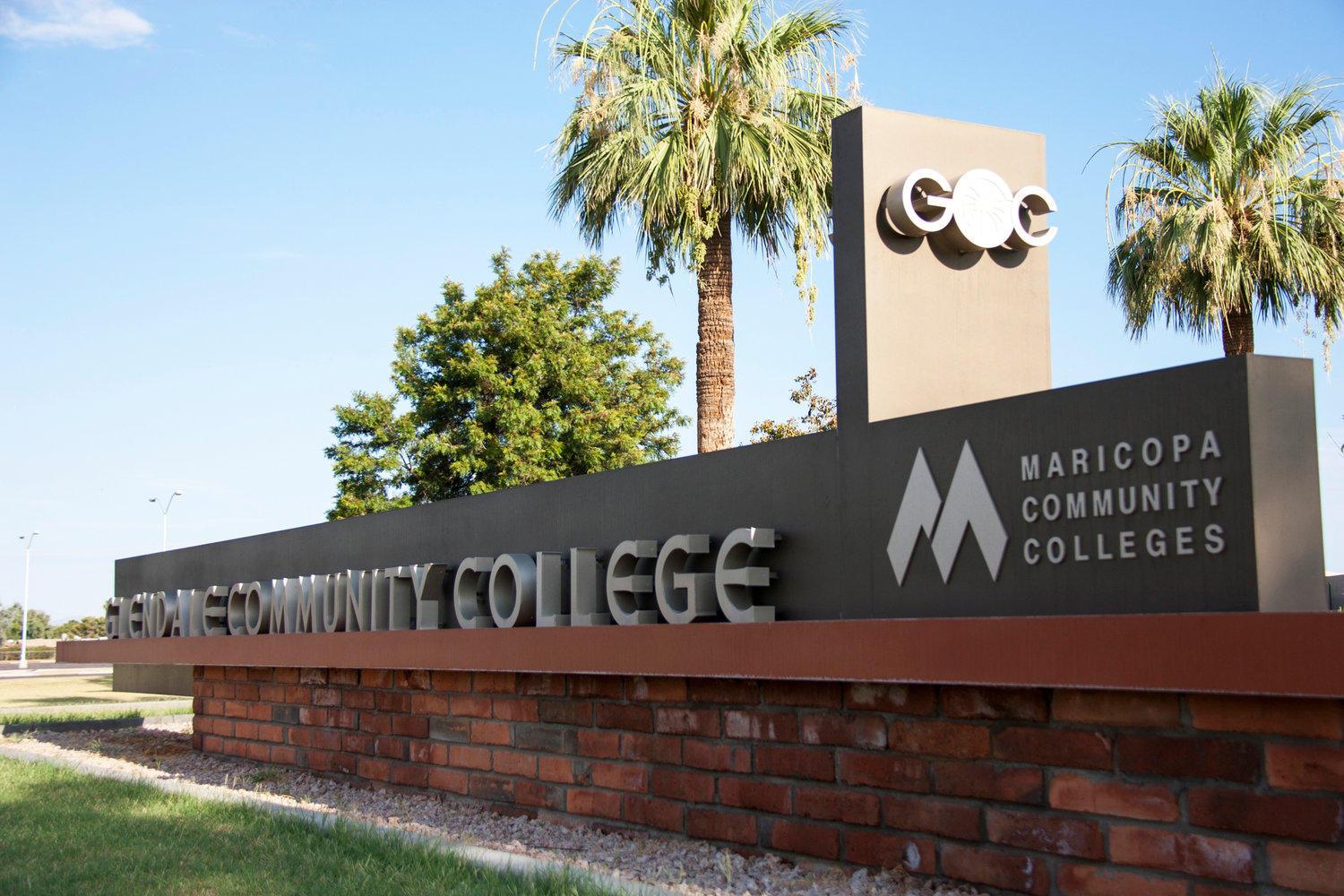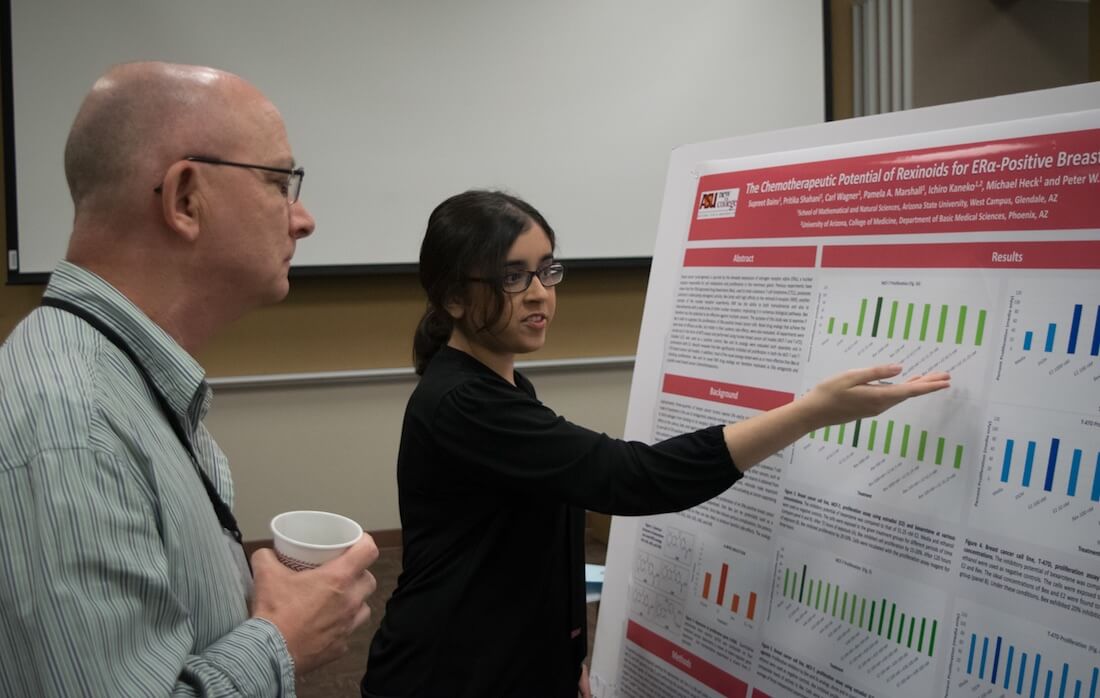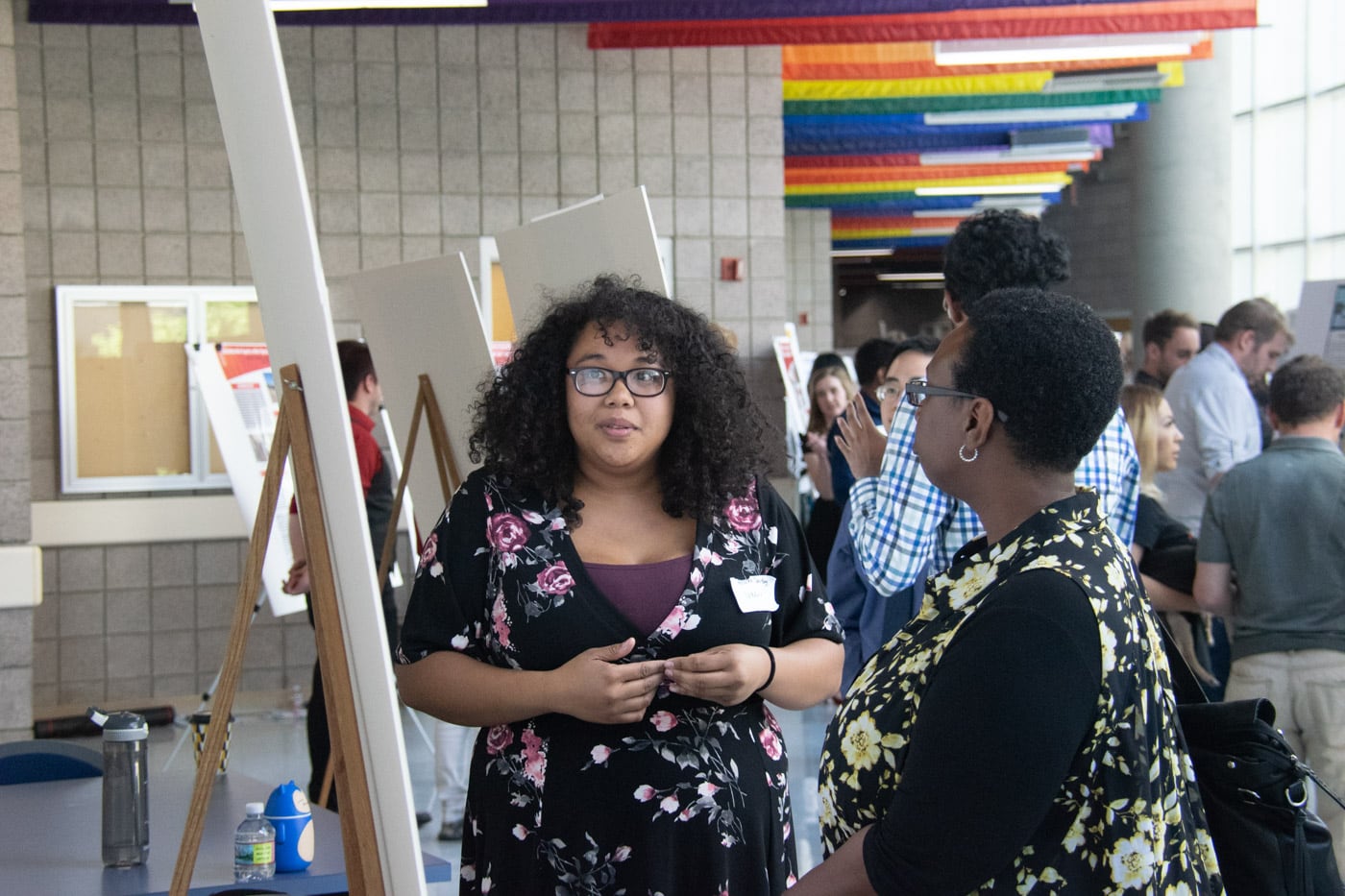Event Details

April 13th, 2024
Meeting Locations
Glendale Community College
6000 W. Olive Ave.,
Glendale, AZ 85302
Printable location map (.pdf)
The meeting is open to all persons; every author (talks or posters) must submit an abstract by the posted deadline. We solicit your help in calling this meeting to the attention of colleagues and students who are not members but are interested in attending and presenting their research.
Printable flier advertising the meeting.
Keynote Speaker
Dr. Matt Pearcy, Glendale Community College, Biology Department.
Dr. Pearcy will present a lecture entitled: "CRISPR Chronicles: Tracing the Origins and Advancements of Genome Editing"
The meeting is open to all persons; every author (talks or posters) must submit an abstract by the posted deadline. We solicit your help in calling this meeting to the attention of colleagues and students who are not members but are interested in attending and presenting their research.




